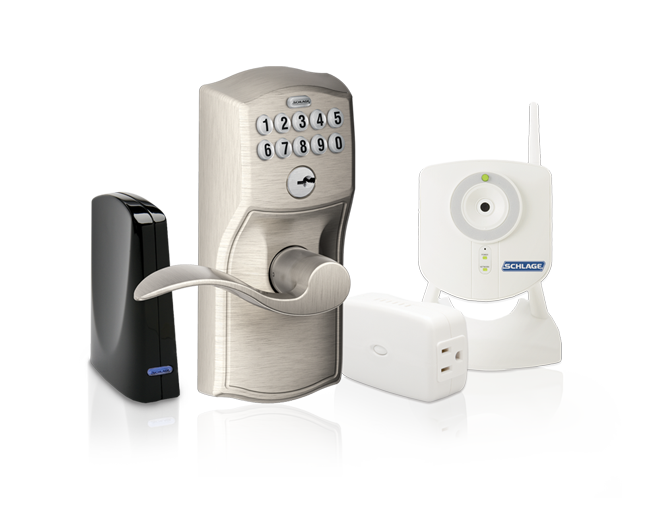Home Automation is the residential version of building automation. It may include control of lighting, Heating, ventilation, and air conditioning systems, appliances, door locks, stereo, window shades, cameras, or security systems.
Home automation can increase the quality of life for occupants of a home as well as improve convenience, energy efficiency, comfort, and security. The popularity of home automation systems have drastically increased as the price of the systems and sophistication has improved. Simple systems may do things as straight forward as turn lights on when someone enters the room. Advanced systems control HVAC systems, music levels, televisions, or even irrigation systems. Remote monitoring allows you to see and control your home from your smart phone anywhere you go.
Most people opt to automate their lights and thermostat to save energy, monitor their homes remotely, and do a few cool things with their entertainment systems. On the energy front, a home automation system can be set to turn off any light equipped with a module when you’re not home, based either on the time of day or on whether someone is in the room (detected by a motion sensor). It can also be set to turn off the AC or heater while you’re at work, then turn it back on a half hour before you arrive home.
Traditionally sold by custom installers, home automation systems used to cost anywhere from $5,000 to $15,000. Those expensive systems are still available, but these days you can get a basic system for a lot less. Verizon offers setups from $70 to $200 to do things like automate your lights and thermostat, with upgrades available if you want to add more appliances. After the initial installation, you’ll pay $10 a month for the ability to monitor your home from anywhere via your phone or computer.






